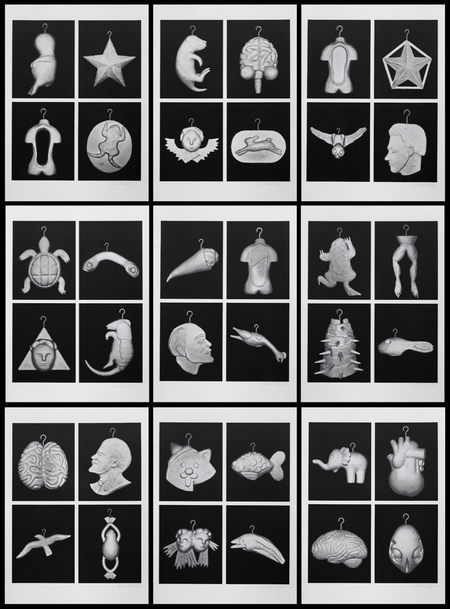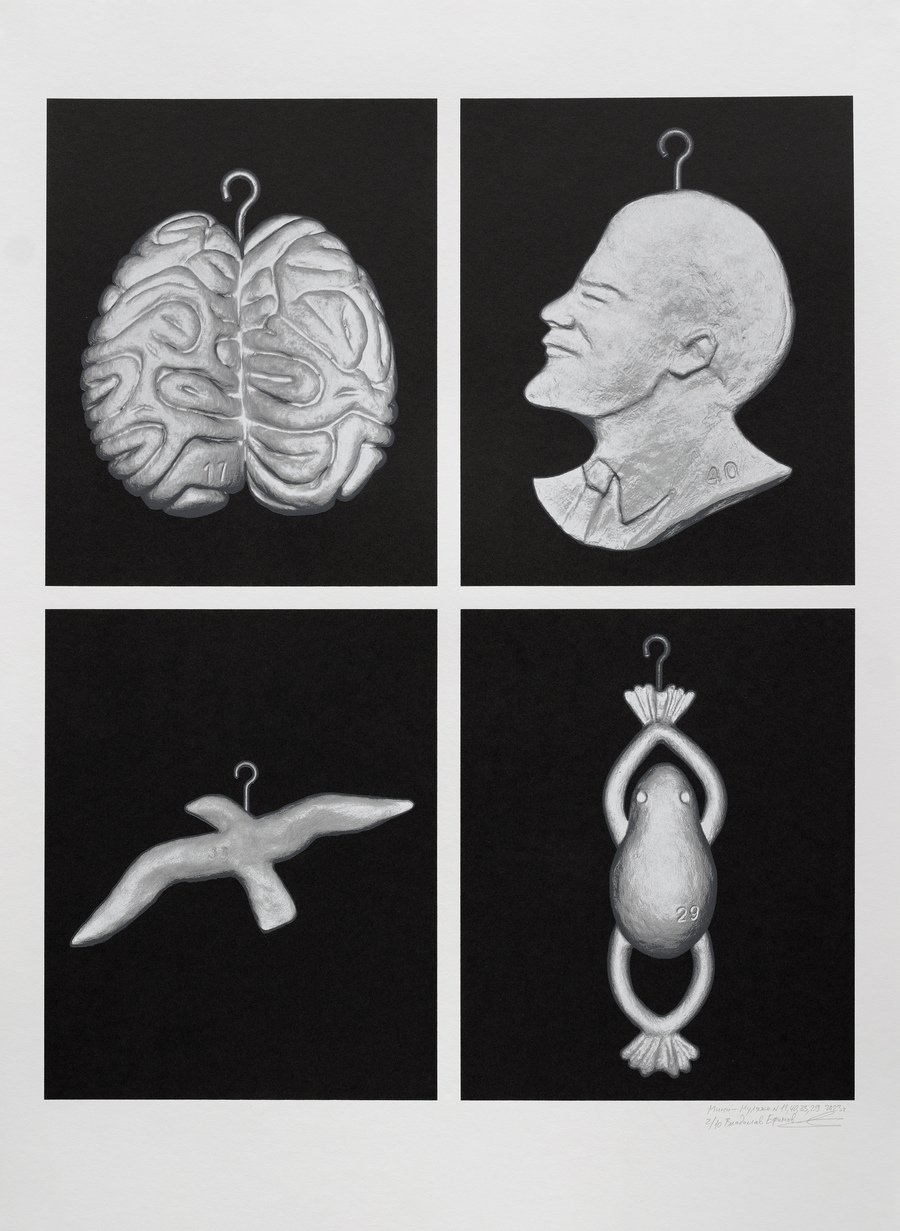
Mini-Mulaji
Every artist thinks about his life course, thinks about the past. The past becomes foggy with age, the links between the achievements and the lines of fate leading to them are not obvious. A clear understanding of your own development, this deterministic approach to your creative biography, is no longer necessary. A mechanism based on faith in progress works only in a situation of awakeness and a sense of success. But the general reasoning about the passage of time does not include such vain things, does it not? Thinking about the relationship of the past with the present, you’re reluctantly leaning towards melancholy. Art is often associated with personal philosophy, memory, destiny. It is. It’s a memory, fate and simple, kindergarten philosophy. When it comes to memory and fate, we can also talk about the existence of the past.
Whether it exists at all and how we depend on its immutability. The past seems to be asking us for help, requiring constant confirmation of the events recorded in his memory.
Without repetition of the past, the present will disappear and life will end. So the simplest way of dealing with the past and the present is to keep going to your archives, redoing old artwork. The new implementation of long-standing works makes the past active, confirming the fate of the artist. And, at the same time, the new production of old things trains the brain, develops memory, attention, and small motors. What’s useful is not just exegesis, interpretations of ancient texts, but human beings. The result is mini models, blinds, details of the past. They’re clean of the paphos of «big letter productions,» sterile and simple. You can easily take a man like that and throw it anywhere in the past or in the future!
